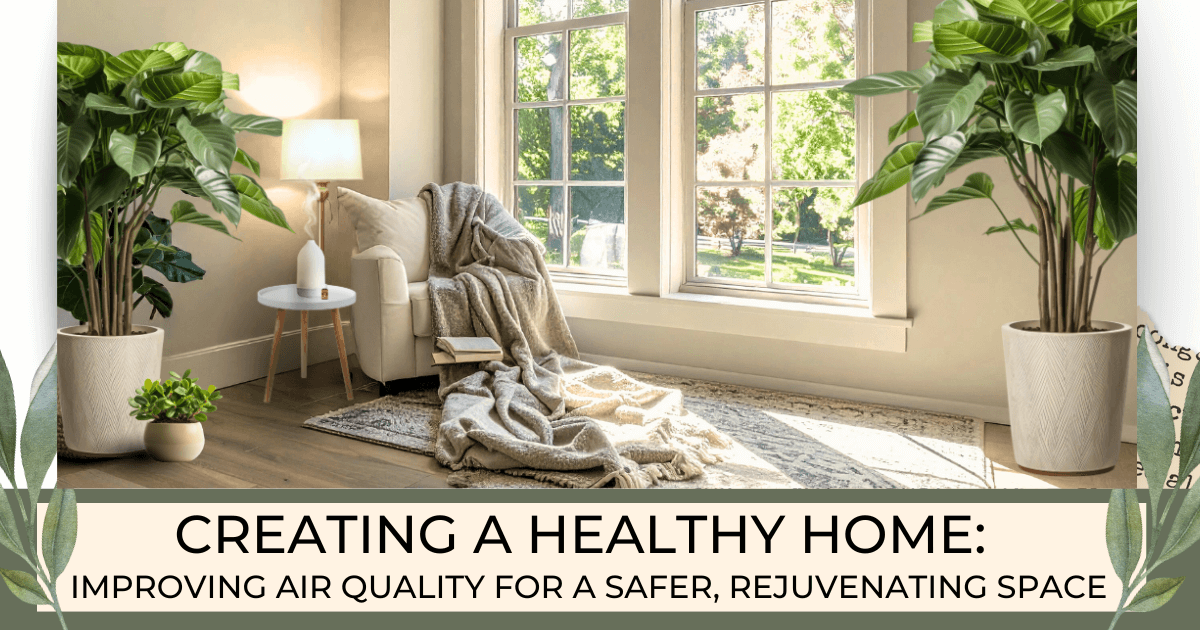
 Your home should be a sanctuary—a place where you can regroup, rejuvenate, and find peace.
Your home should be a sanctuary—a place where you can regroup, rejuvenate, and find peace. Ensuring that the air inside is clean and fresh is crucial to creating a healthy environment, particularly for children, individuals with respiratory conditions, or those with disabilities.
Indoor air pollution, stemming from cooking fumes, mold, and household chemicals, can have a negative impact on health. Scientific evidence underscores the importance of good indoor air quality; for instance, a study published in Environmental Health Perspectives found that poor indoor air quality is linked to increased respiratory symptoms and decreased lung function, particularly in children (Kurmi et al., 2010).
Diffusing essential oils offers a natural, effective way to purify indoor air. Young Living’s Melrose™ blend, which combines Melaleuca Alternifolia, Melaleuca Quinquenervia, Rosemary, and Clove oils, can help neutralize odors and support respiratory health. Diffusing 8−20 drops creates an environment that’s not only cleaner but also more inviting and uplifting. You can also add a few drops to laundry soap for a fresh scent or diffuse Melrose during journaling or relaxation time to foster a calming, inspiring atmosphere.
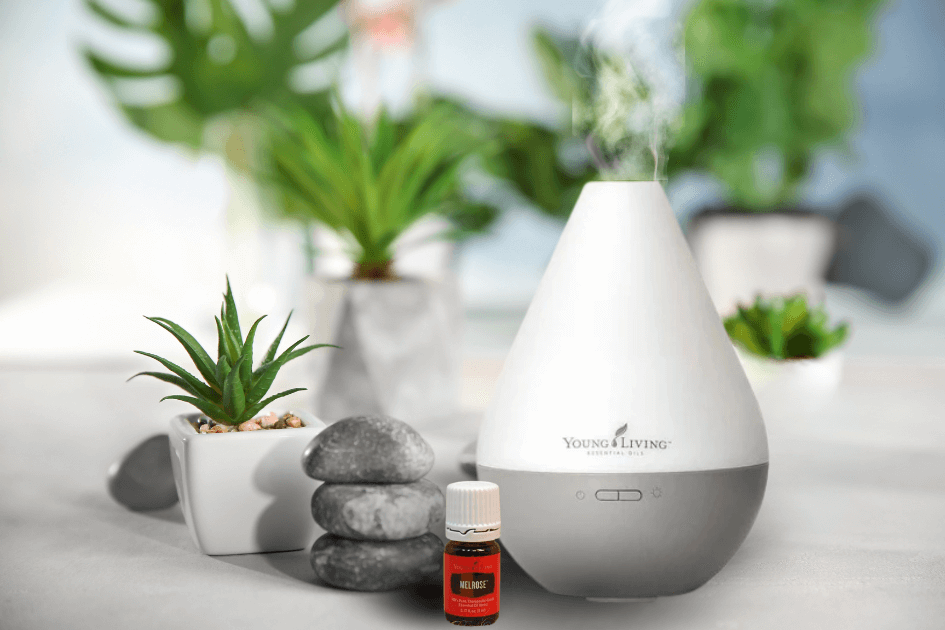
From a scientific perspective, diffusing essential oils can increase oxygen levels and positively influence air quality by releasing oxygenating molecules into the environment. D. Gary Young, founder of Young Living, explains in Aromatherapy: The Essential Beginning that “when essential oils are diffused in the home, they have the ability to increase the atmospheric oxygen… Oils increase ozone and negative ions in the home. Essential oils have the electrical magnetic attraction to fracture the molecular chain of chemicals and take them out of the air. The process renders them non-toxic to the body.” This natural chelation process helps remove airborne toxins, chemicals, and pollutants, creating a safer space for your family and supporting respiratory health (Young, 2002).
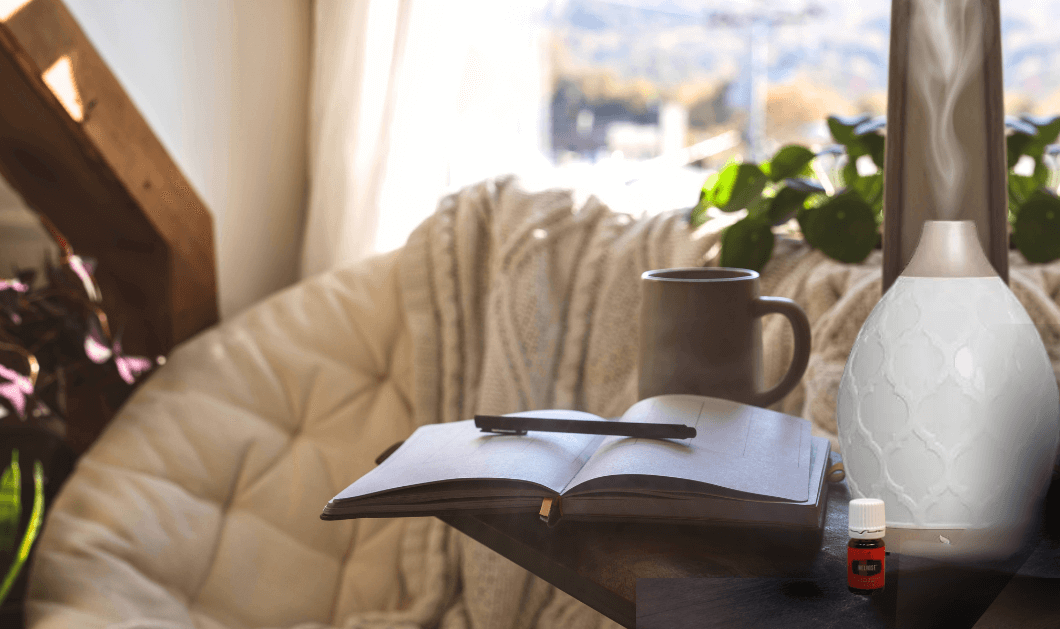
One of Young Living’s most popular air-purifying blends is Purification®, containing Citronella, Lavandin, Lemongrass, Myrtle, Rosemary, and Tea Tree oils—each with antimicrobial and odor-neutralizing properties. Scientific research supports the antimicrobial properties of these oils; for example, Tea Tree oil has been shown to have activity against bacteria and fungi (Carson et al., 2006). Purification effectively removes odors from smoke, mold, pets, or cooking, rather than masking them, and helps create a fresh, clean environment. Oils like Eucalyptus are also known for their ability to promote clear breathing, making this blend ideal for a calming atmosphere in spaces used for journaling or meditation.

*It’s important to recognize that essential oils should complement, not replace, proper ventilation, regular cleaning, and addressing underlying sources of indoor pollution like mold or chemical residues. For children, the elderly, or those with respiratory sensitivities, maintaining high-quality indoor air can prevent allergies, asthma attacks, and respiratory infections. Scientific studies support the use of natural air purifiers—like essential oils—to reduce airborne bacteria, fungi, and VOCs (Volatile Organic Compounds), thereby supporting immune health and overall well-being (Klein et al., 2014).
Incorporating essential oils like Melrose and Purification into your routines can help you create a healthier, more rejuvenating home environment. Whether diffused during journaling, added to cleaning products, or used in laundry, these botanical solutions help transform your space into a sanctuary that nurtures health and peace.
Here are additional posts you'd like:
References:
Carson, C. F., Wright, S., & Riley, T. V. (2006). Chemical composition and antimicrobial activity of tea tree oil
(Melaleuca alternifolia). Medical Journal of Australia, 175(S7), S24-S27.
Klein, T., et al. (2014). Indoor air quality and immune function: A review of the evidence. Journal of Environmental
Health, 76(4), 28-36.
Kurmi, O. P., et al. (2010). Indoor air pollution and respiratory health in children. Environmental Health
Perspectives, 118(7), 956-962.
Young, D. G. (2002). Aromatherapy: The Essential Beginning. Young Living Essential Oils.



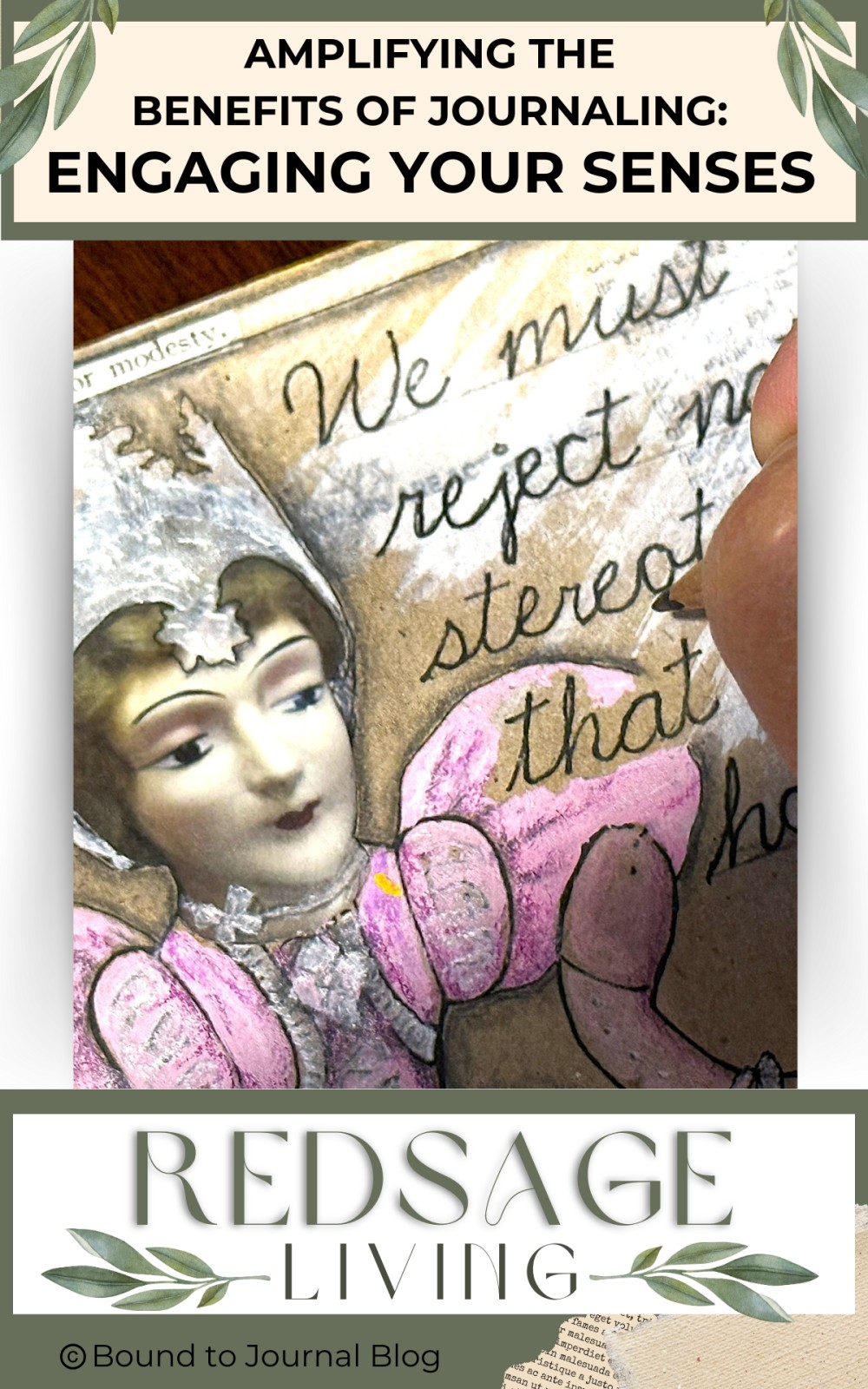






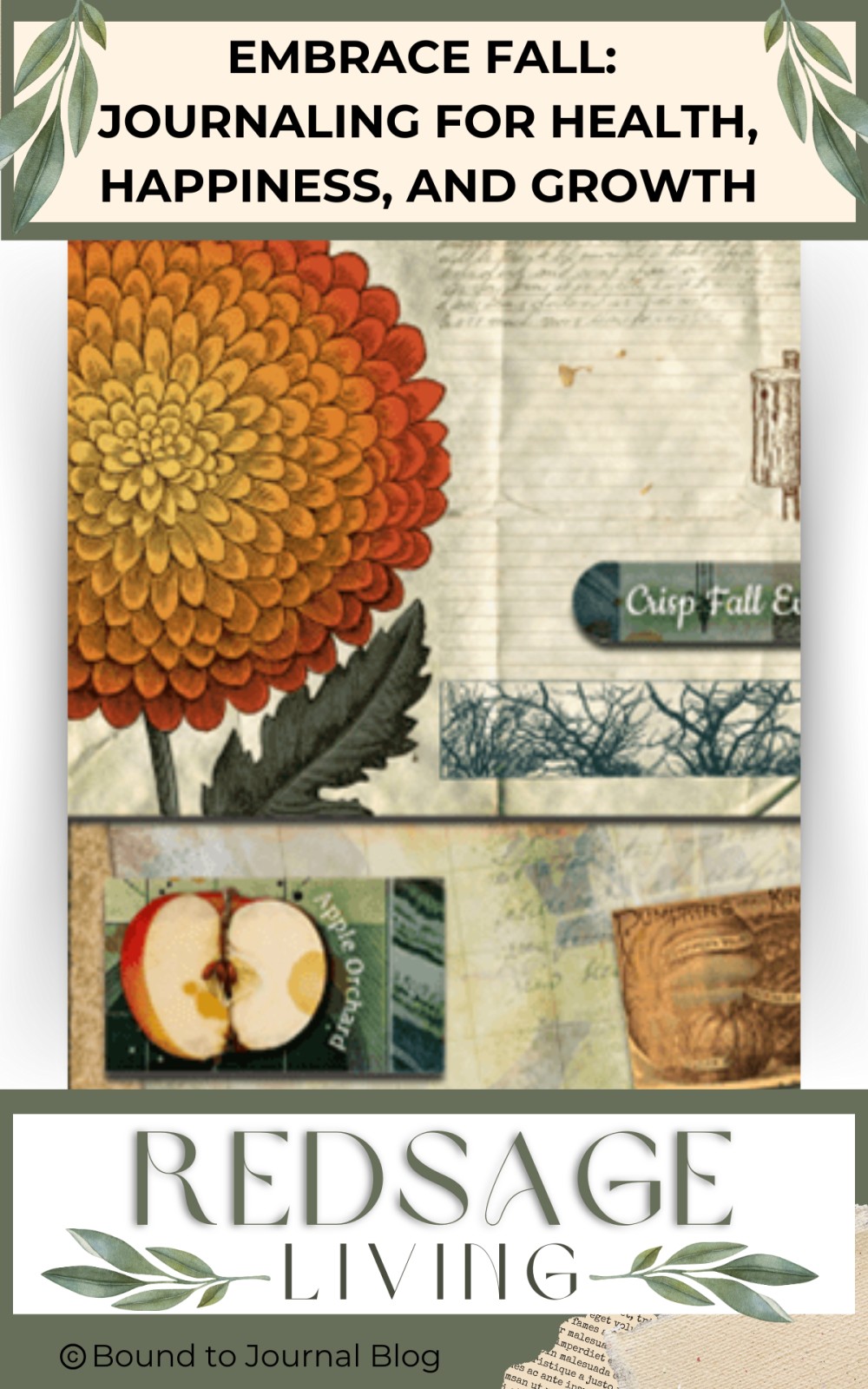
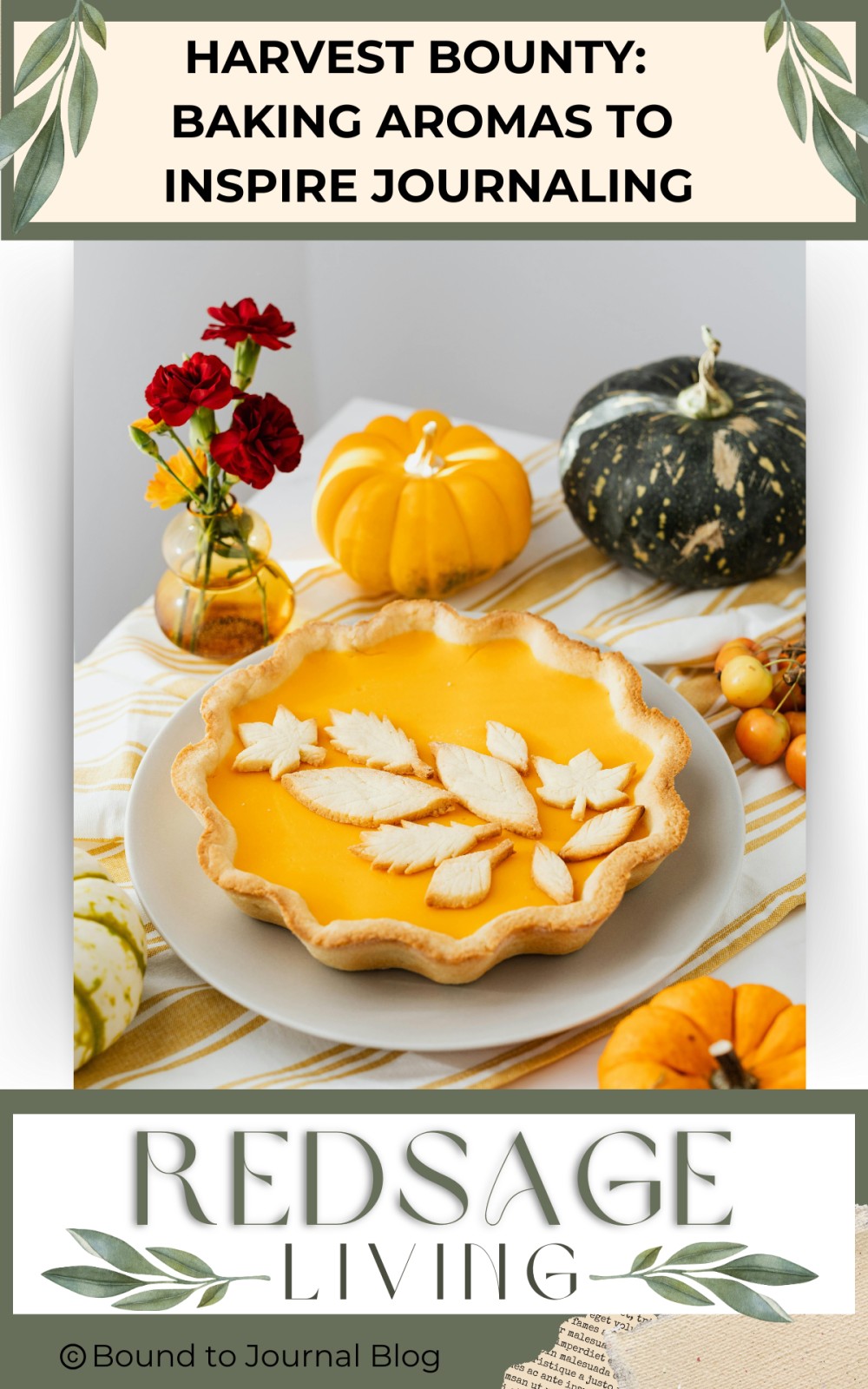
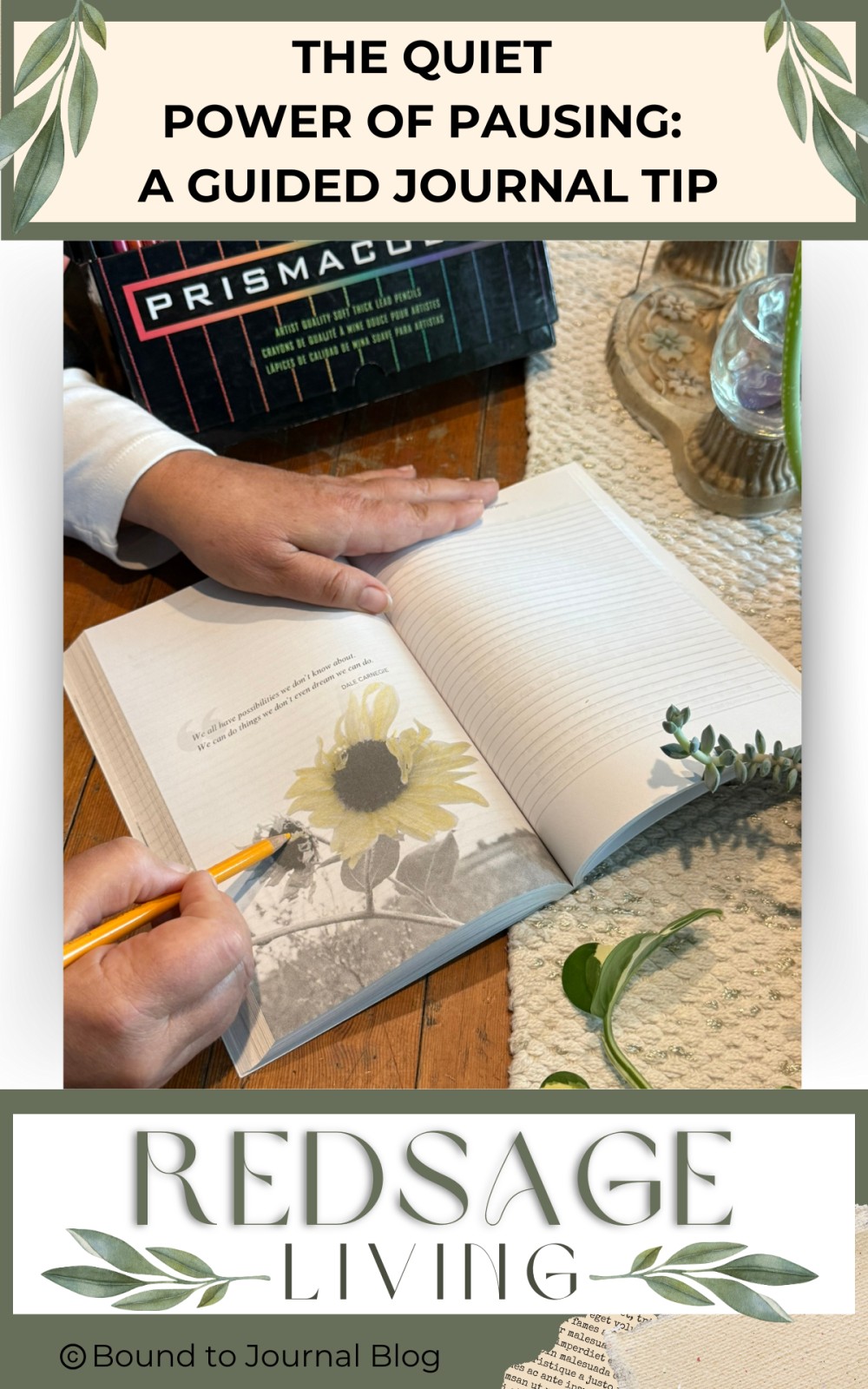
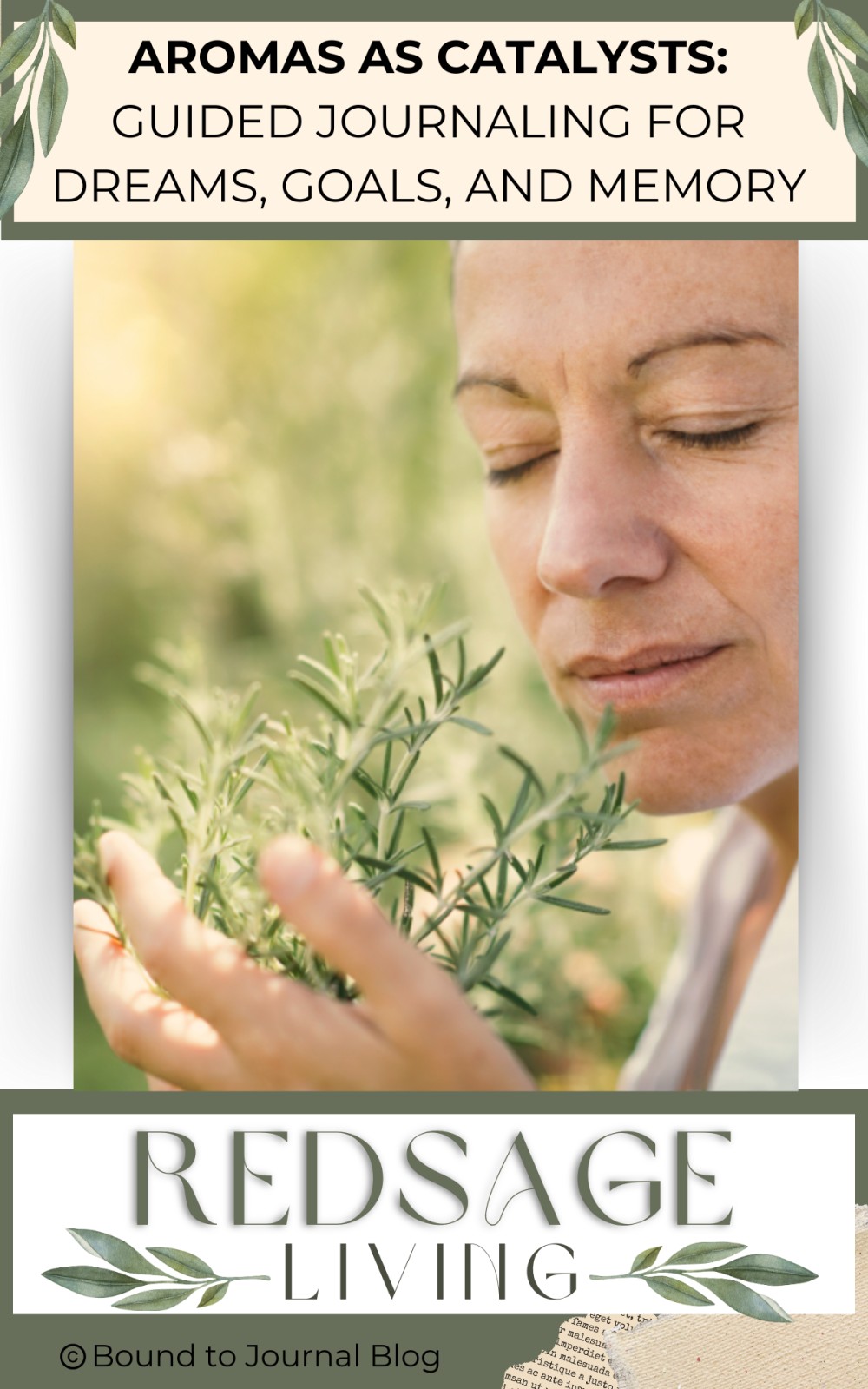

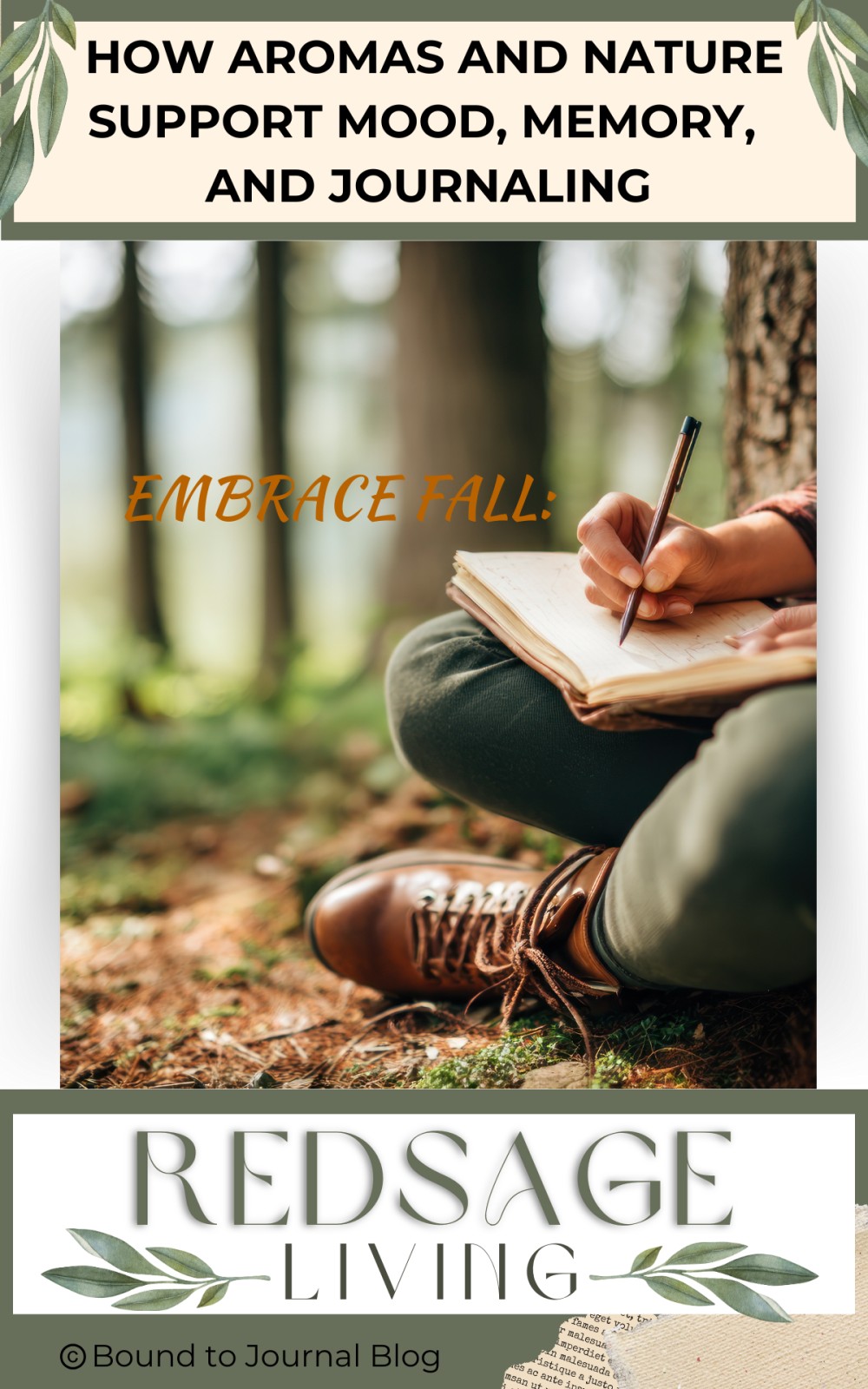


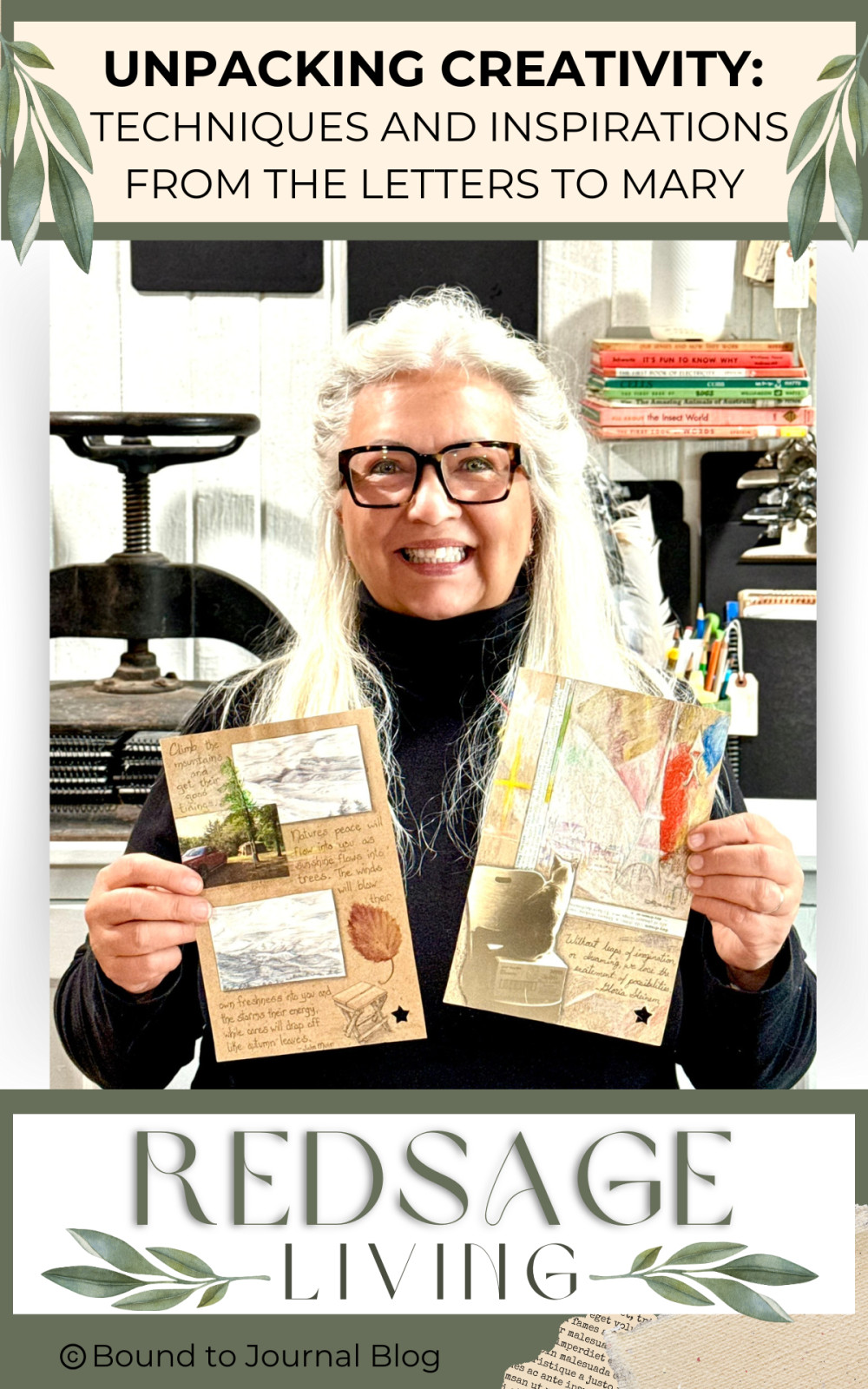
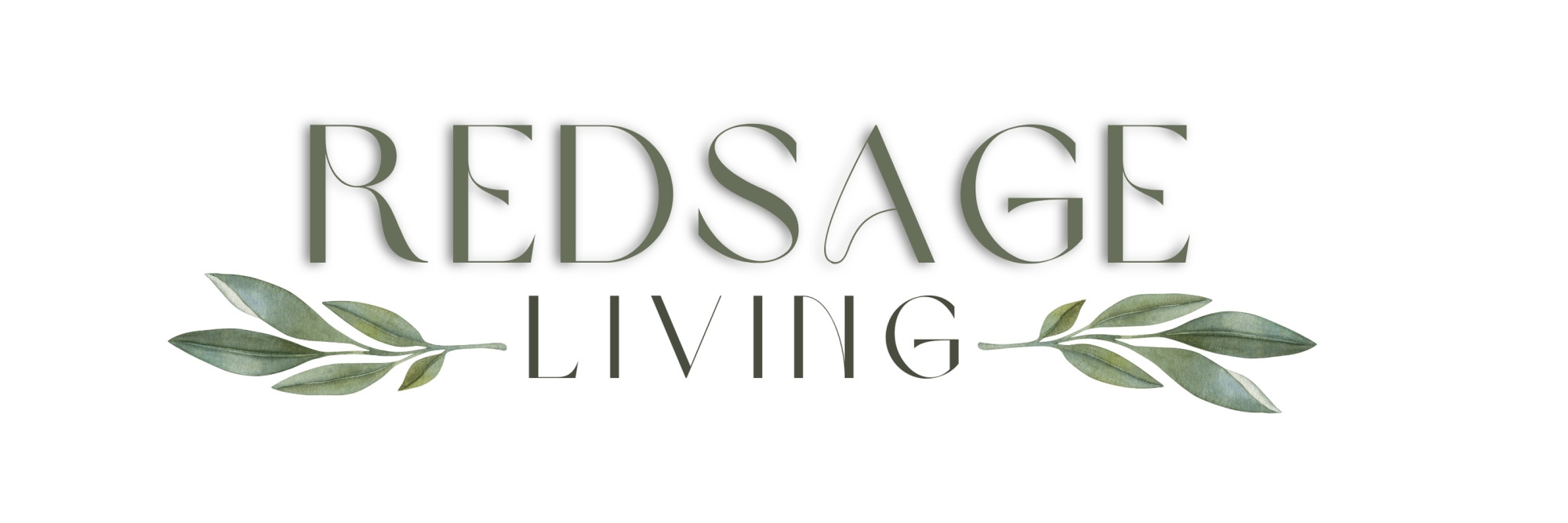
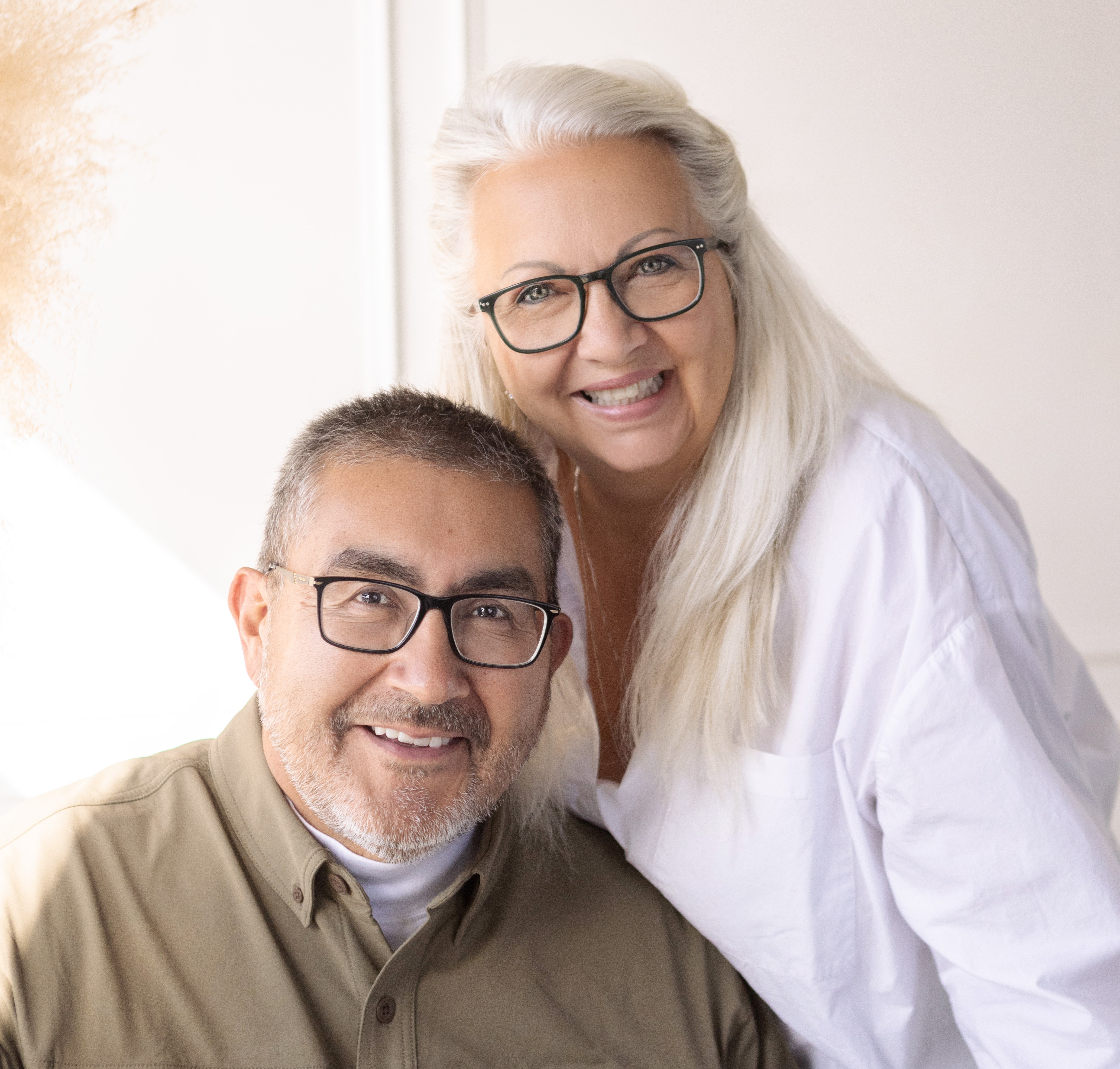
0 Comments